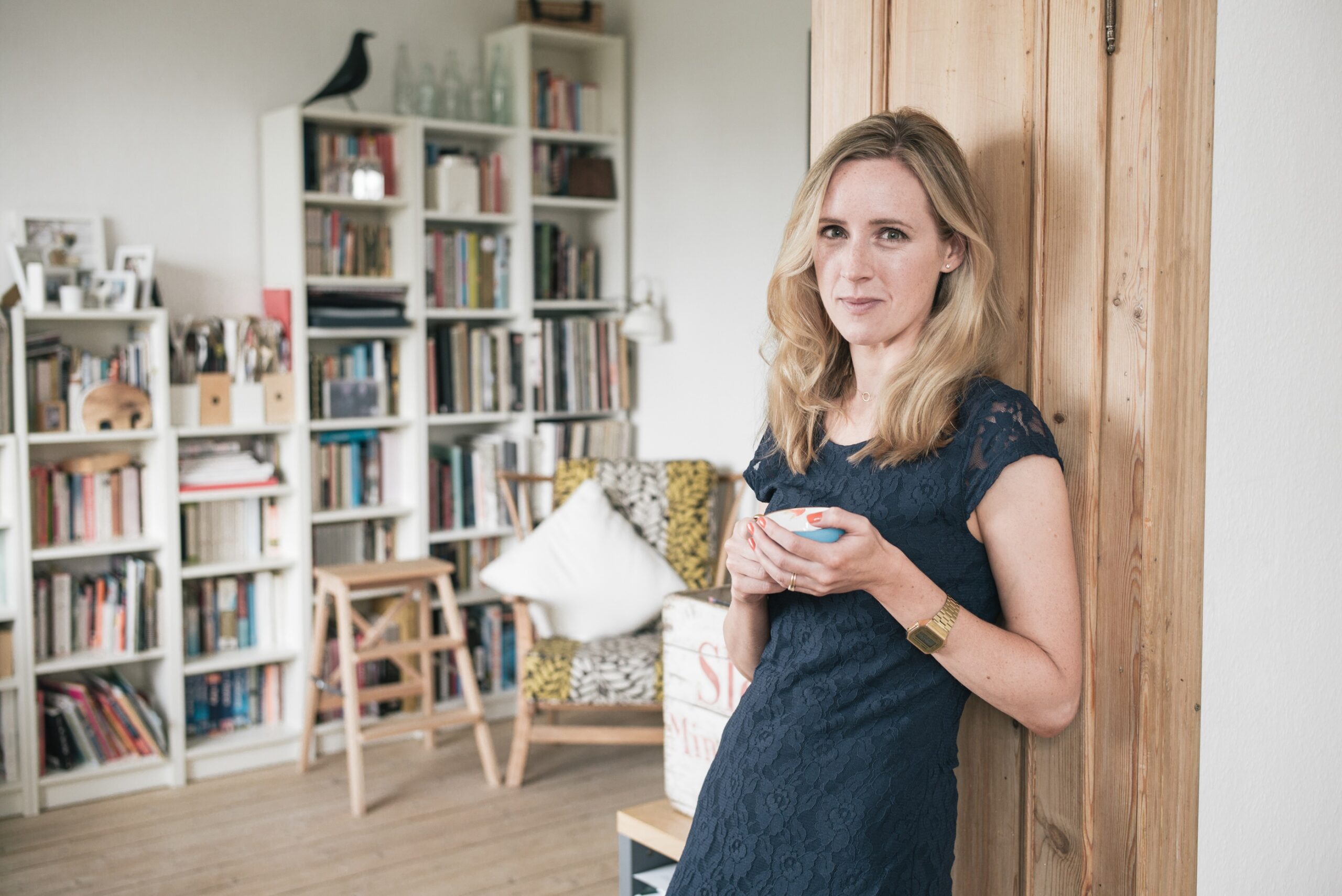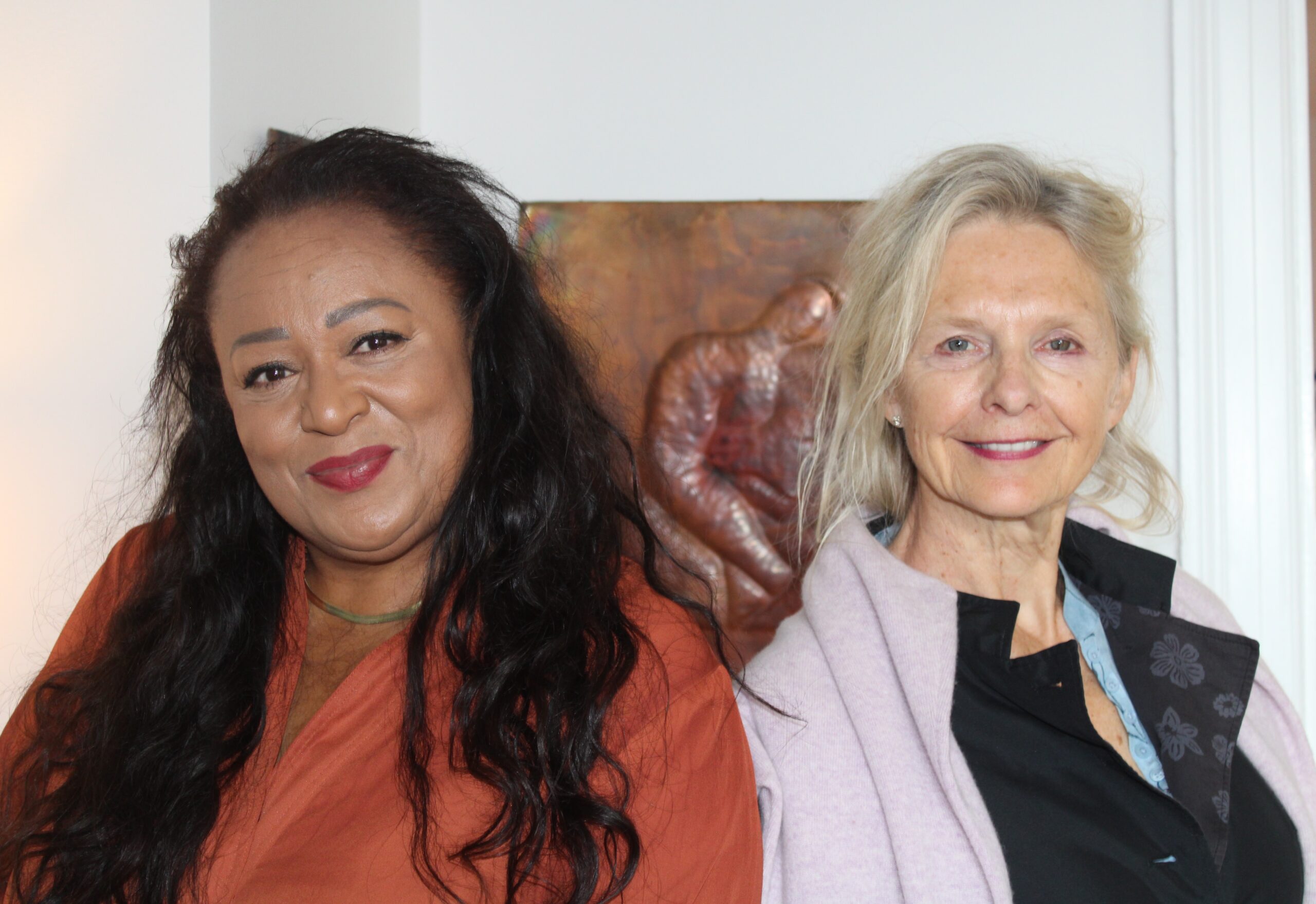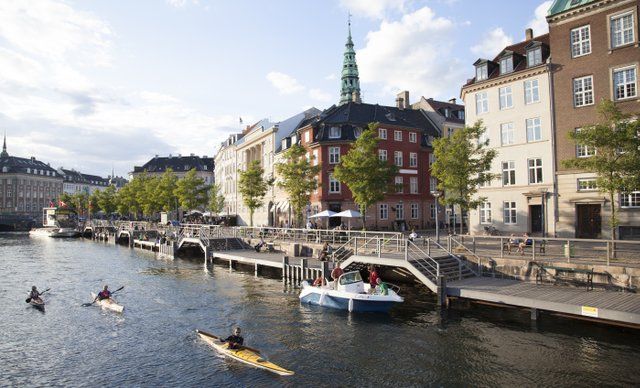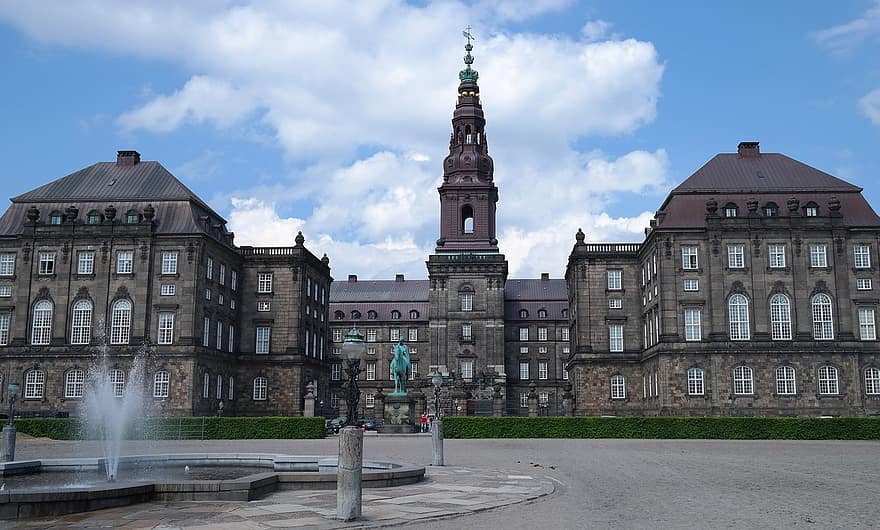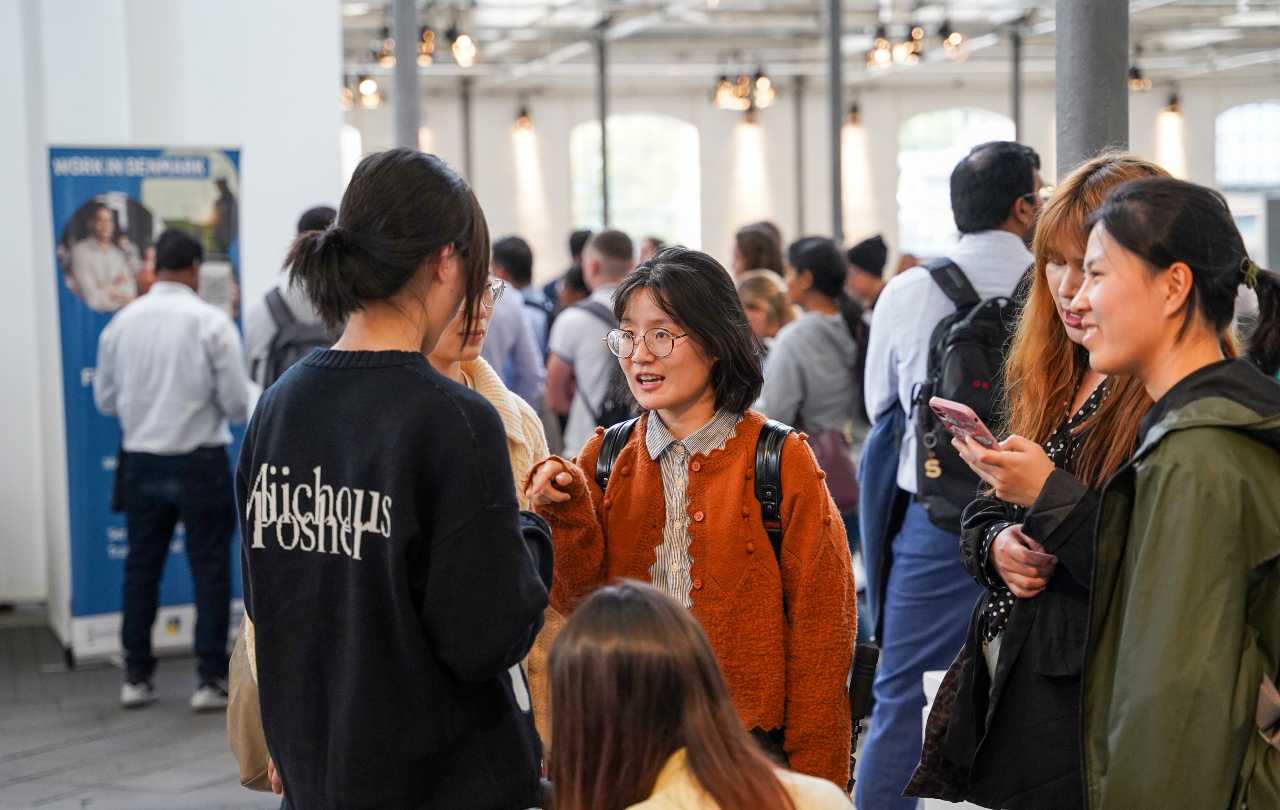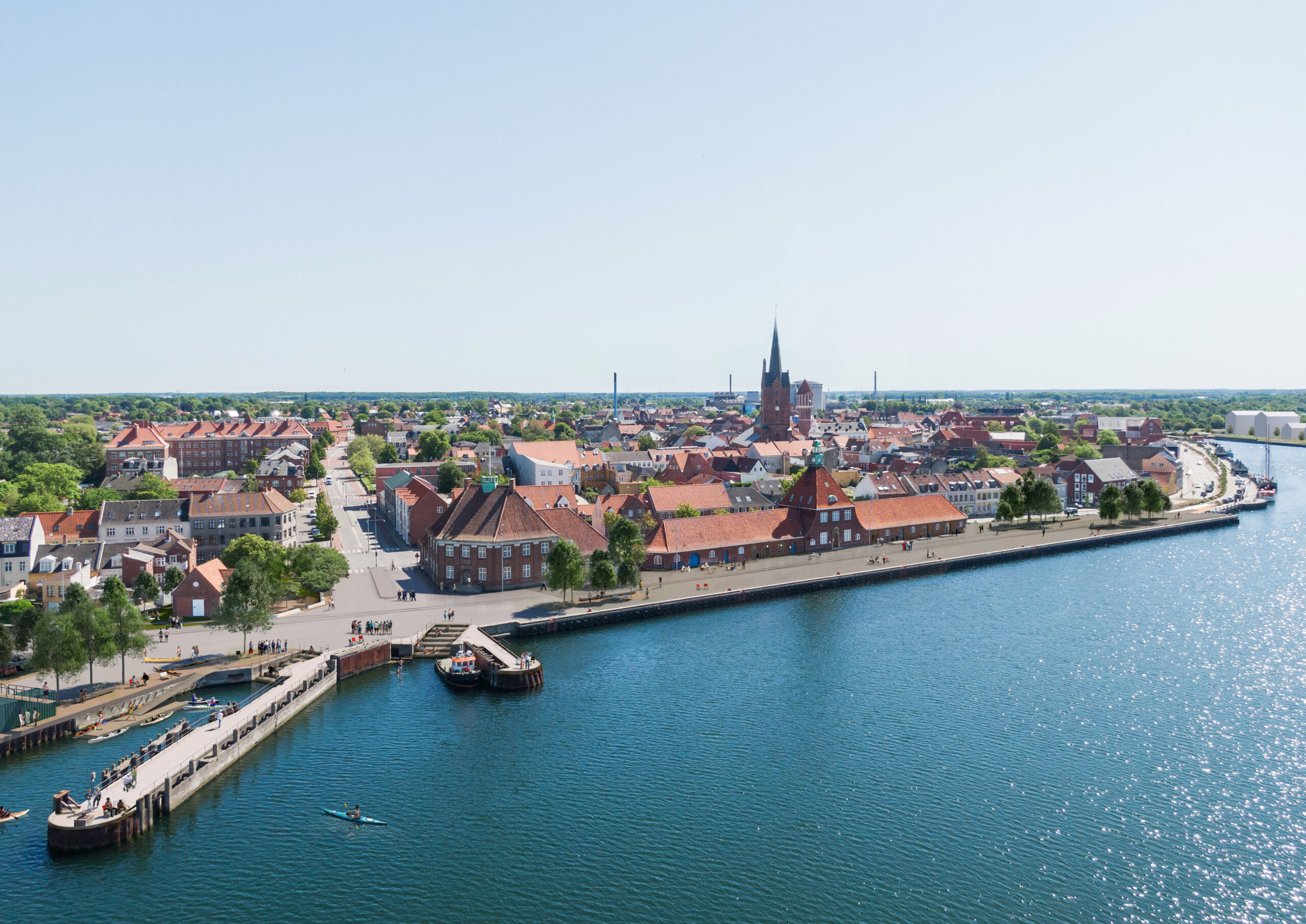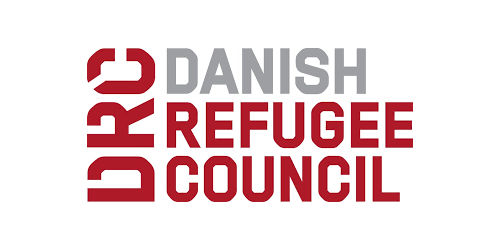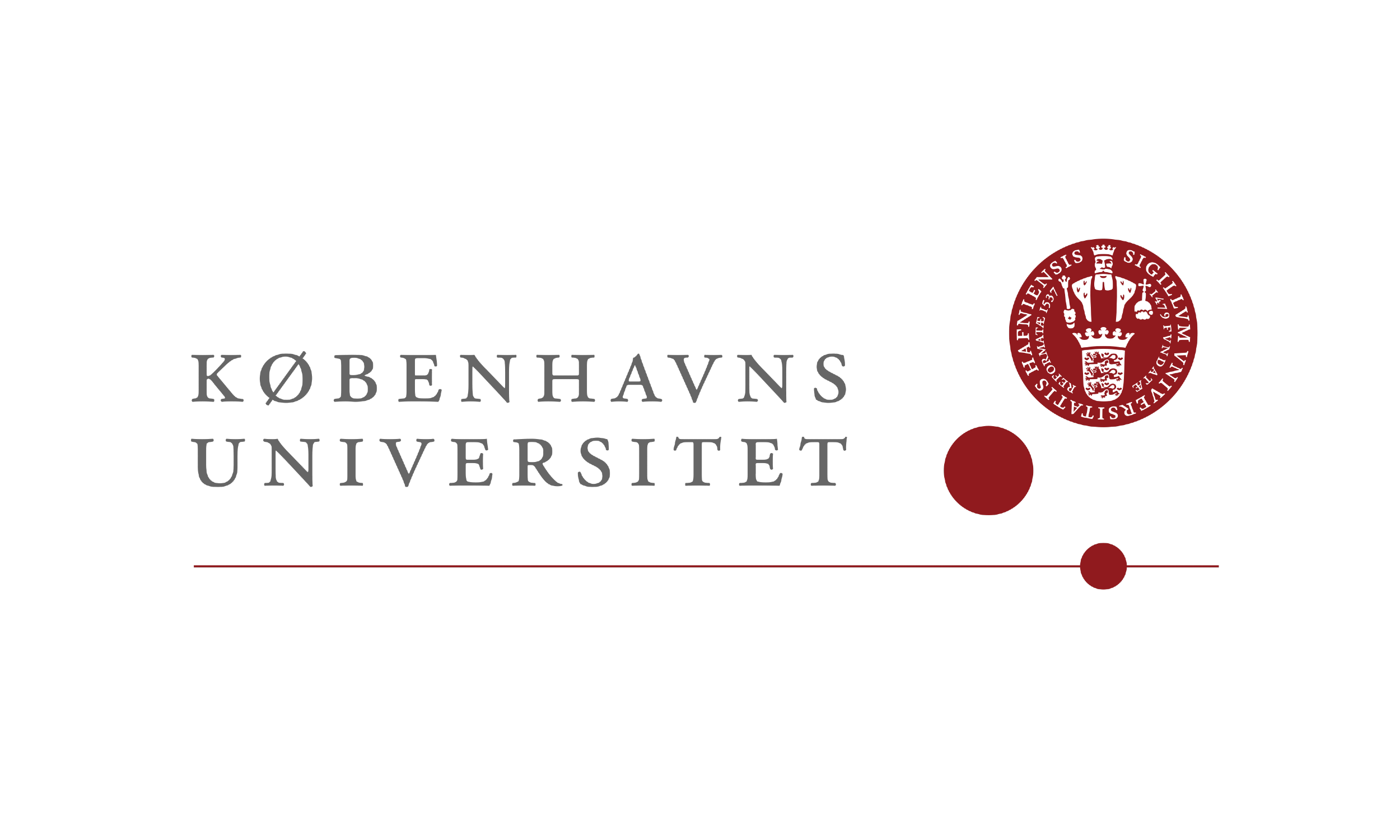About half a year ago my second daughter came into the world. I really enjoy the daily symbiosis with my baby daughter and time is truly flying at the moment. Soon I’ll be back in the office at International Community and everyday life will be turned upside down once again.
However, I look forward to starting to work again, and unlike a few of my international friends, who are used to other childcare models back home, I have never thought about not going back to my job. In Denmark almost all mothers go back to work due to the flexible work culture and childcare system, so it just never crossed my mind to stay at home for good.
Dual income society
Denmark is considered a dual income society and the childcare system for children aged 0-5 (preschool) is highly prioritised in Denmark, so both parents can work. In fact, all children are guaranteed a spot at a daycare institution, although it can take a few months to get one secured.
Quality wise, parents are generally satisfied with the childcare institutions in Denmark and rate them higher than in any of the other Scandinavian countries. Personally we are satisfied with our eldest daughter’s kindergarten and feel that we get our money’s worth.
A few facts for the uninitiated: the childcare programs and the price vary depending on the municipality, if it’s public or private and whether or not lunch is included. In 2013 the average price for enrolling children aged 0-3 at a public nursery was 2,800 kroner per month. This amount is reduced at kindergarten (ages 3-6) and you get a price reduction if you enroll siblings at public institutions.
Good work-life balance
Moreover, daycare centres are usually open from early morning until late afternoon, leaving plenty of time to bring and pick up your children. The long opening hours lead to another discussion about the looong days some children spend in daycare. Personally, we are able make the best of it due to the flexible workplace culture, which means we can both work and spend valuable time with our children as long as we plan ahead.
Denmark prides itself on having a healthy work-life balance, and the childcare model supports that. Understandably, the welfare model, the flexible working conditions and childcare facilities are all key aspects when international employees decide to come here to live and work – and major reasons why I have been here for 15 years!
Belgium’s Tiny Maerschalk, who has worked for the International Community networking platform since its foundation in 2008, knows how it feels to settle in a new country. Dedicated to improving conditions for new arrivals, here she shares her insights about the business issues that mean the most to internationals in Denmark.


